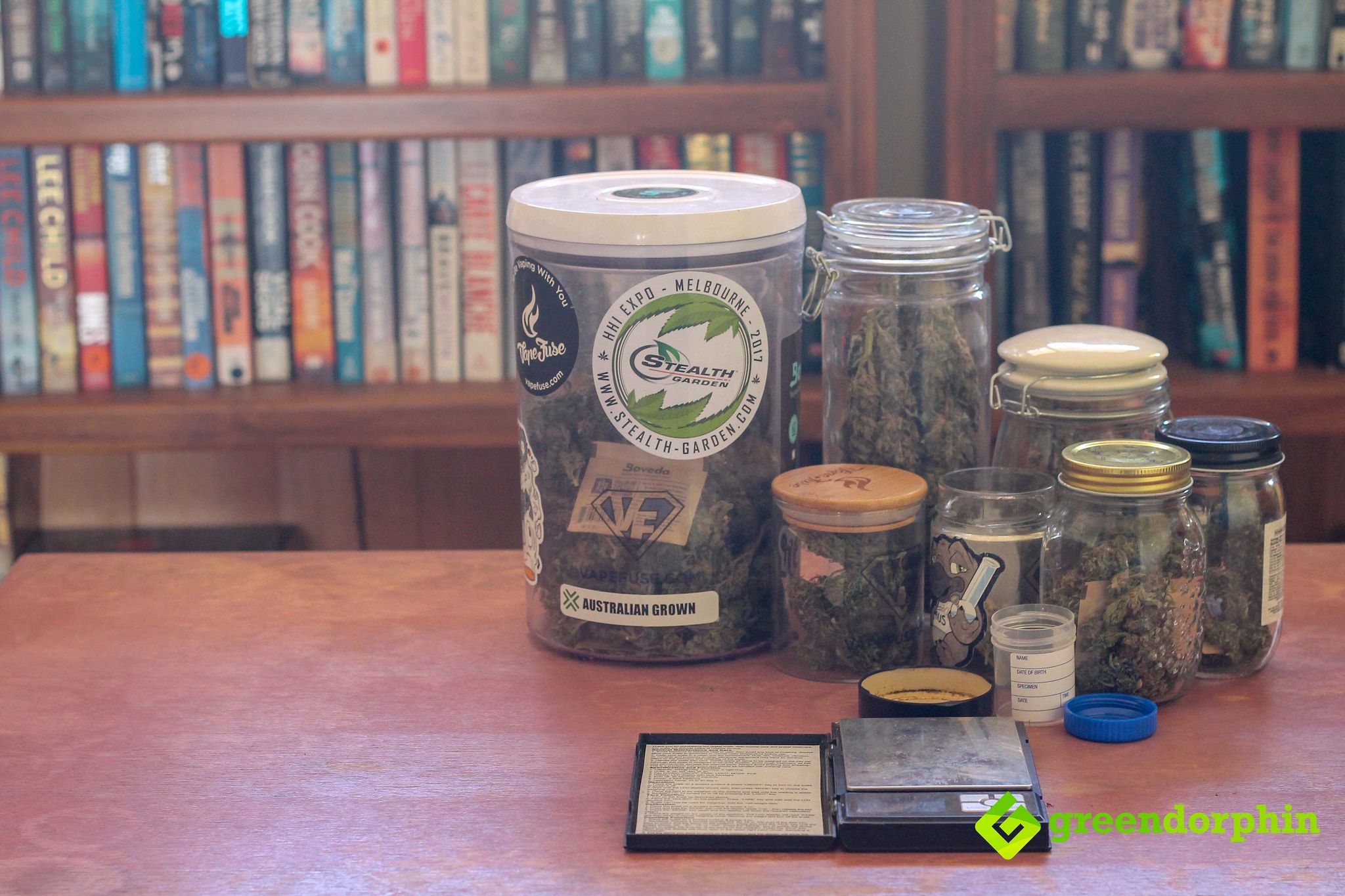

SPOT SILVER PRICE VS SILVER FUTURES PRICE For example, this occurs when an investor with a long position sells that position prior to delivery notice. The great majority of futures contracts are offset prior to the delivery date. Silver contracts are rarely settled in physical metal. There are two different positions that can be taken: A long (buy) position is an obligation to accept delivery of the physical metal, while a short (sell) position is the obligation to make delivery. They also provide speculators with an opportunity to participate in the markets by lodging exchange required margin. Hedgers use these contracts as a way to manage their price risk on an expected purchase or sale of the physical metal.

The contracts are standardized by a futures exchange as to quantity, quality, time and place of delivery. Silver futures are used both as a way for silver producers and market makers to hedge their products against fluctuations in the market, and as a way for speculators to make money off of those same movements in the market.Ī precious metals futures contract is a legally binding agreement for delivery of a metal in the future at an agreed-upon price. The silver futures market is one of a number of commodity futures, wherein contracts are entered into, agreeing to buy or sell silver at a certain price at a specified future date.

For the high and low values, we are showing the lowest bid and the highest ask of the day. Whenever bullion dealers in any of these cities are active, we indicate this on our website with the message “Spot Market is Open”. New York, London, Sydney, Hong Kong, Tokyo, and Zurich are where most of the trading activity takes place. The spot silver market is trading very close to 24 hours a day as there is almost always a location somewhere in the world that is actively taking orders for silver transactions. Transactions for bullion coins are almost always priced using the spot price as a basis. The spot silver price refers to the price of silver for immediate delivery. Silver is sometimes referred to as monetary metals as it has historical uses as currencies and is seen as a store of value however, silver has a significant industrial component, equivalent to almost half of its markets, because it is less reactive, good conductors and highly malleable. There are five main precious metals openly traded on various exchanges, Silver is the second largest market in this specific sector. This is a classification of specific metals that are considered rare and have a higher economic value compared to other metals. Results may contain small errors due to the use of floating point arithmetic.Silver Price Guide WHAT MAKES SILVER A PRECIOUS METAL? The precision is 15 significant digits (fourteen digits to the right of the decimal point). This is in the tradition by which many customary local reference standard stones, lengths (objects) and weights were required to periodically undergo comparison with the official nations standard referents, usually with a particular periodicity defined by the countries statuate laws. However, a gram is now defined as one one-thousandth of the SI base unit, the kilogram, or 1×10−3 kg, which itself is now defined, not in terms of grams, but as being equal to the mass of a physical prototype of a specific alloy kept locked up and preserved by the International Bureau of Weights and Measures. Originally defined as the absolute weight of a volume of pure water equal to the cube of the hundredth part of a metre, and at the temperature of melting ice. The gram is a metric system unit of mass. The avoirdupois ounce is widely used as part of the United States customary and British imperial systems, but the troy ounce is now only commonly used for the mass of precious metals such as gold, silver, platinum, palladium, rhodium, etc. Whilst various definitions have been used throughout history, two remain in common use, the avoirdupois ounce equal to approximately 28.3 grams and the troy ounce of about 31.1 grams. Similar customary uses include recipes in cookbooks and sales of bulk dry goods. It is most pervasive in the retail sale of groceries in the United States, but is also used in many other matters of domestic and international trade between imperial or customary measurement driven countries.

The ounce (abbreviated oz) is a unit of mass used in most British derived customary systems of measurement. This is how the units in this conversion are defined: Ounces


 0 kommentar(er)
0 kommentar(er)
